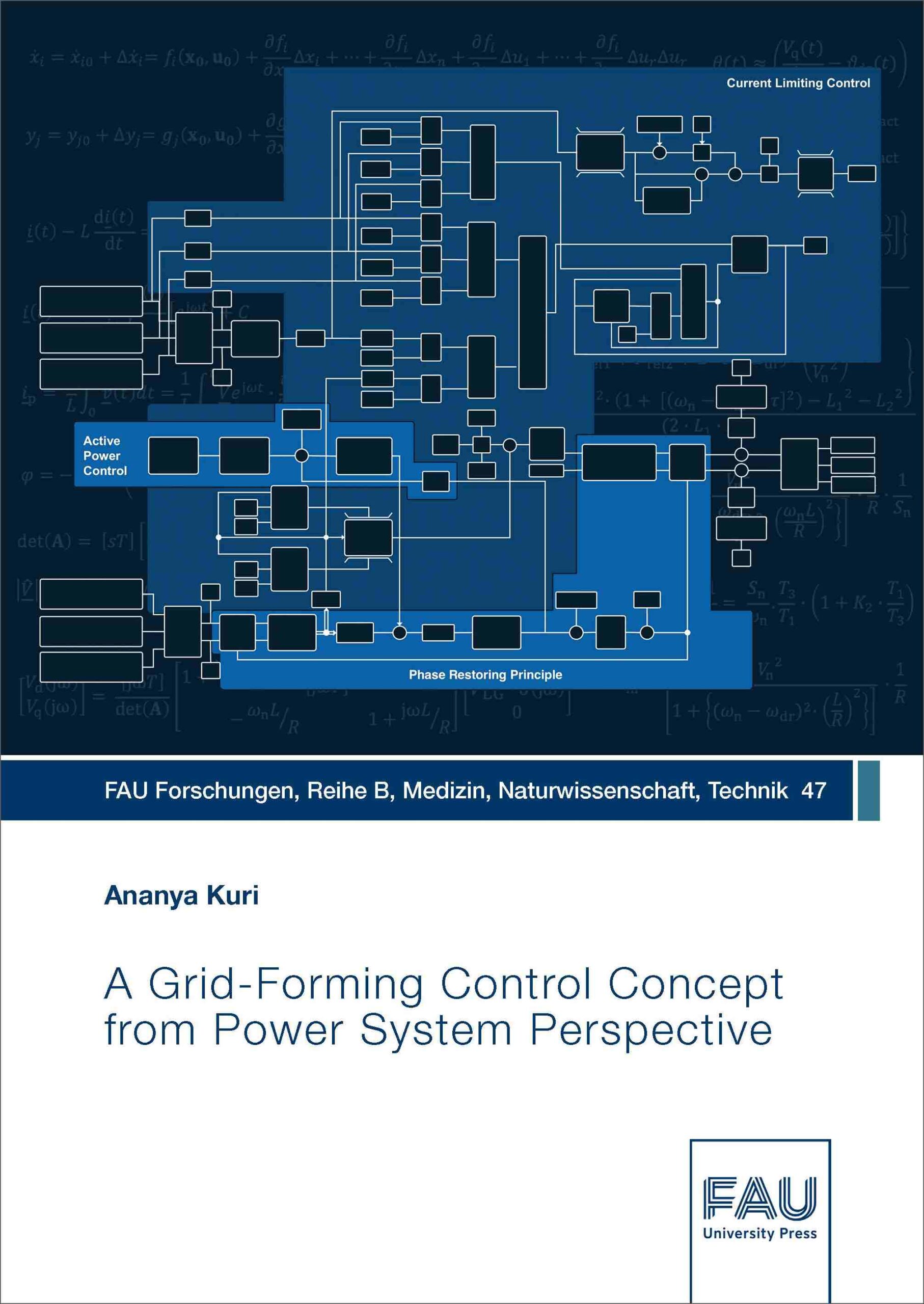Description
The increasing deployment of inverter-based resources (IBRs) in power systems has fundamentally shifted their roles, requiring them to deliver many grid services traditionally provided by synchronous machines. While most existing IBRs are grid-following, tracking the system frequency, the vision of a 100 % converter-operated grid requires these resources to establish grid voltage and frequency actively. This transformation necessitates grid stability, adequate response to disturbances, and reliable ancillary services, thereby leading to the emergence of advanced Grid-Forming (GFM) control strategies. These approaches leverage the speed and flexibility of power electronic converters alongside the stabilizing characteristics of synchronous machines, enabling effective support for microgrids and bulk power systems. This thesis introduces a novel GFM converter control strategy from a power system perspective that attains global stability. The approach is developed in three phases. In Phase 1, the 'Phase Restoring Principle' (PRP) is introduced, which utilizes an innovative angular transformation to generate a nominal grid frequency without an additional master control. Hence, emulating an ideal source with infinite inertia and the response is free of undesirable swing dynamics. Building on this foundation, Phase 2 incorporates an enhanced active power control to achieve steady-state active power limitation and facilitates cooperation with other sources through arbitrary setpoint dispatches. Phase 3 addresses current limitations based on the voltage magnitude limiter concept with innovative usage of anti-windup methods. Thus, protecting semiconductor devices during severe faults while preserving GFM characteristics. Comprehensive validation is provided through analytical derivations, numerical simulations in various simulation domains, and a laboratory environment by adopting Power-Hardware-in-the-Loop tests. The results confirm global stability and robust performance across various network configurations, demonstrating that the developed control scheme is mature and viable for practical GFM field applications.


Reviews
There are no reviews yet.